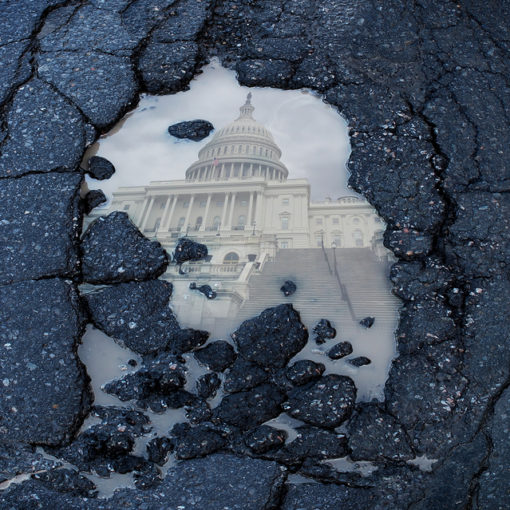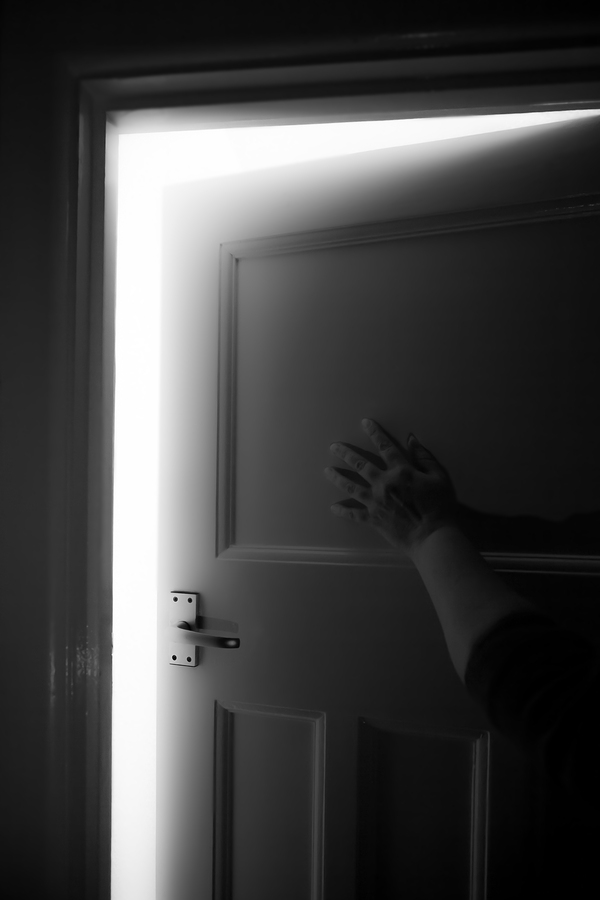 Sometimes lawyers and contractors can be tempted to complain that an engineer, judge, or arbitrator just didn’t “get it.” If that is the problem, maybe we should ask, why not?
Sometimes lawyers and contractors can be tempted to complain that an engineer, judge, or arbitrator just didn’t “get it.” If that is the problem, maybe we should ask, why not?
A contractor’s case gets buried.
The South Dakota Supreme Court recently tossed out a lawsuit against an engineer brought by a contractor who was seeking reimbursement of $104,000 in liquidated damages and payment of over $1.1 million in damages.
In Domson v. KLJ, a Wyoming contractor alleged that engineering errors had significantly delayed road construction work in the Pine Ridge Reservation. Among other problems, the contractor cited testimony indicating that (1) the engineer failed to disclose that work could not start until an artifact study was completed, and (2) plan errors required extra work adjusting the grade at one end of the project.
This testimony suggesting at least two serious errors and omissions may have been lost on a majority of the South Dakota Supreme Court, which decided that the entire lawsuit should be dismissed without a jury trial. While a majority of the court agreed with the overall outcome, the justices’ vote count tells a more nuanced story.
Three arguments convince one justice of one thing.
First, the contractor argued that, as a matter of court-imposed public policy, contracts should not be allowed to shield engineers from liability for project decisions made in good faith. The contractor lost this argument by a unanimous 4-0 decision of the court, which devoted six pages to rejecting this argument. The court best explained its decision in the following quote, citing precedent spanning from 1889 to 2013:
The power of courts to declare a contract void for being in contravention of sound public policy, is a very delicate and undefined power; and, like the power to declare a statute unconstitutional, should be exercised only in cases free from doubt.
The four justices agreed unanimously that only in the most exceptional cases should any court exercise its powers to rewrite a contract. Their decision makes sense—contracts can only be effective as business tools if we expect their clear terms to be enforced for better or for worse. This decision was bad for one contractor, but not for the contracting industry as a whole.
Second, the contractor argued that a jury should be allowed to decide whether the engineer had acted in bad faith. However, instead of offering the court any evidence of bad faith, the contractor argued that, because the engineers “performed below acceptable standards, their actions necessarily lacked good faith.” Based on that record, the same four justices decided against making a jury spend time hearing evidence and deliberating about facts that would not change the outcome of the case as a matter of law. Holding that negligence does not automatically rise to the level of “bad faith” is also not bad for the contracting industry, because contractors get sued too.
Only on the third issue did the contractor make some headway, convincing a single justice that there was enough evidence for a jury to hear evidence about whether the alleged design errors and omissions mentioned above were actionable professional negligence. Unfortunately for the contractor (and for the contracting industry), a 3-1 loss on this issue was hardly a consolation prize.
From the ashes of one contractor’s defeat on this issue, one helpful rule for the contracting industry did arise: the South Dakota Supreme Court took the opportunity to affirm that engineers owe a duty to contractors to “reasonably draft and interpret… project specifications.” If an engineer fails to meet professional standards in this respect, an injured contractor may be entitled to damages.
The case against “creative” arguments.
The two clear allegations of engineering errors and omissions mentioned above were nowhere to be found in the majority opinion. Instead, the majority opinion was bogged down with arguments about public policy and bad faith, which the court unanimously shut down. Perhaps the court would have had a better opportunity to consider the only winnable argument if it hadn’t been buried by the contractor’s onslaught of creative arguments.
The South Dakota Supreme Court’s decision in Domson demonstrates that achieving the right outcome in construction disputes is not just about having more documents and more arguments, but can be more effectively focused on finding the right documents and the right arguments.
Service. Honesty. Reliability.
© 2018 Welle Law P.C. No unauthorized use or reproduction.
This blog is for informational purposes only and should not be interpreted as legal advice. You should contact your attorney regarding any particular issue or problem. Nothing on this website creates an attorney-client relationship between Welle Law P.C. (or any of its attorneys) and the reader.





One thought on “SOUTH DAKOTA SUPREME COURT UPDATE: Bad Faith, Bad Facts, or Bad Arguments?”
Good article.